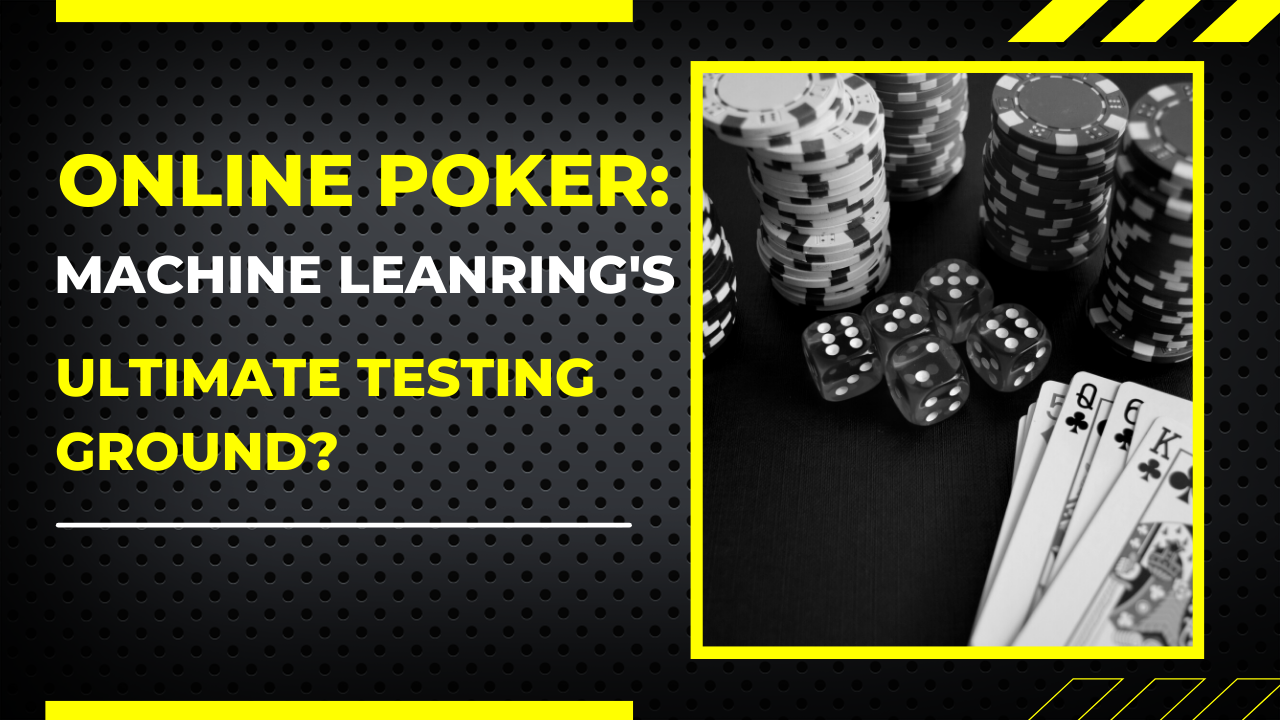It may have taken a bit longer than some expected, but the poker industry is finally beginning to feel the impact of AI in much the same way that so many other industries, in the gaming world and beyond, have felt it. In fact, change has occurred so rapidly that many now regard online poker as among the industries mostreceptive to AI- and machine learning-based innovation. It’s been a remarkable shift.
For both professional and casual poker players as well as investors and entrepreneurs, AI has begun to deliver much-needed stability and credibility, and also a major shot of confidence. Up until 10 or 15 years ago, players had only imperfect tools at their disposal in their efforts to boost their performance. Strategy was rooted in classical pot-odds and game theory, with the result that almost all attempts to develop a winning strategy that could be used by all players, regardless of skill level, failed miserably. No-limit Poker, the ultimate “imperfect information” game, but also one that offers players a near-infinite set of possible choices, proved stubbornly resistant to any sort of detailed analysis or statistical modeling.
Efforts develop more effective strategies picked up between the late 1970s and the late 2000s, when a number of poker professionals published landmark books offering winning strategies based on their own experiences playing the professional circuit. Broadly speaking, these strategies looked to maximize favorable situations and avoid unfavorable ones as early as possible. But they were deeply flawed. Their proponents sought to exploit poker conventions of the time and worked hard to simplify the game; the resulting strategies eschewed complexity in their quest for clarity and direction. However, if someone (or something) ever succeeded in developing a winning strategy by embracing complexity and successfully processing vast amounts of data with ease, the limitations of the earlier strategies (and their proponents) would be exposed almost immediately.
And this is exactly what happened once big data and statistical modeling came to the fore in the early-to-mid 2010s. Software relying on hand-histories, simulations and probability theory let players know exactly which strategies were profitable or unprofitable in specific […]
Click here to view original web page at www.linkedin.com
